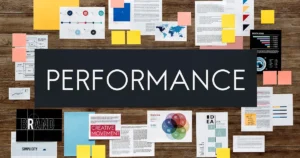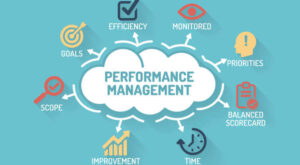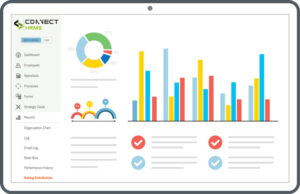
Top 9 Principles of Performance Management
In the dynamic landscape of modern business, the orchestra of success requires a conductor adept in the art of performance

In the dynamic landscape of modern business, the orchestra of success requires a conductor adept in the art of performance

It has become very important to do a review of staff performance, especially after pandemic. As workers work remotely, it

How can you make sure your employee is satisfied? Answer: for better performance management. Although performance management is an integral

If you are small business owner and you need to simplify management tasks and engage with your staff, integrating a
WhatsApp us